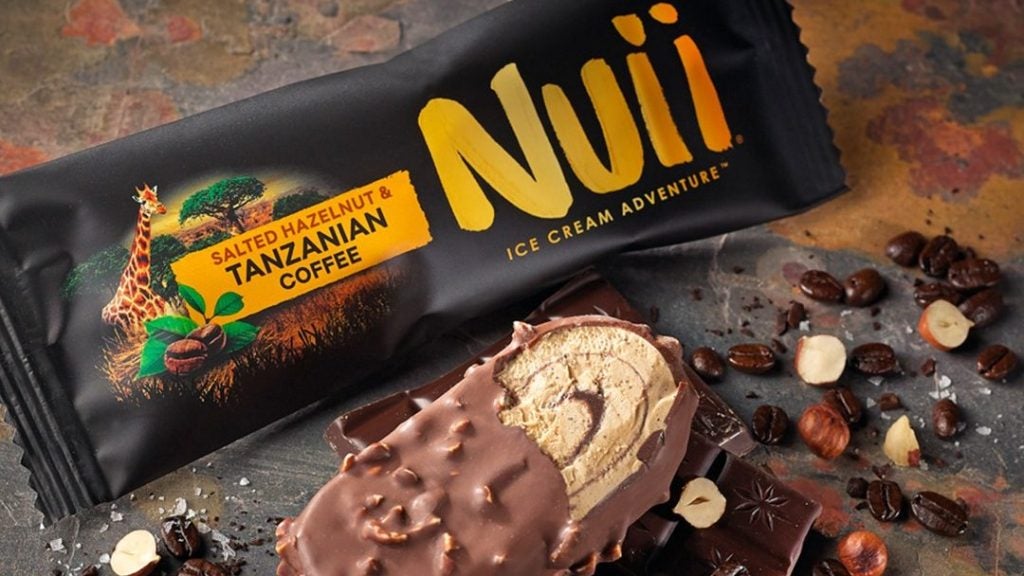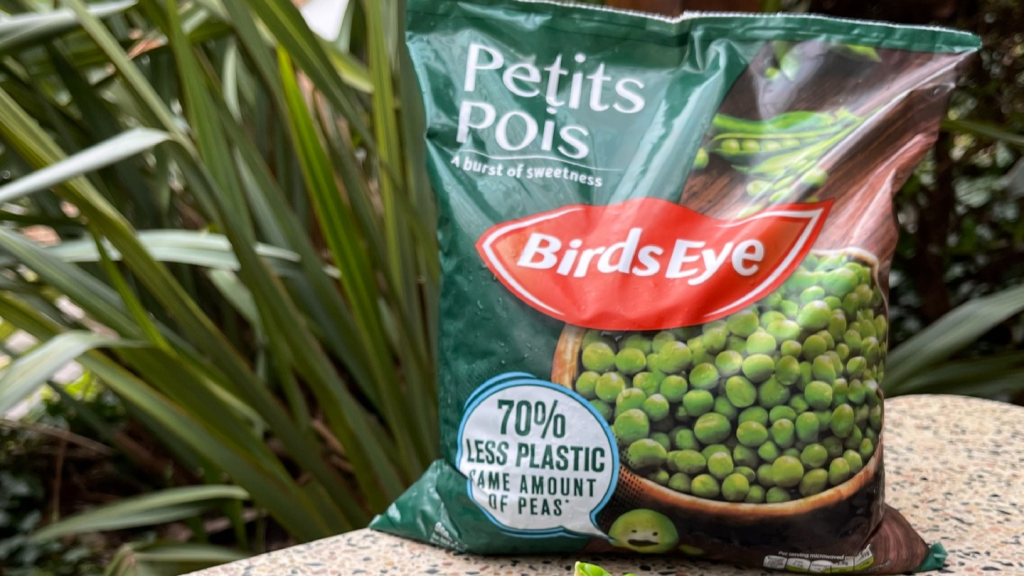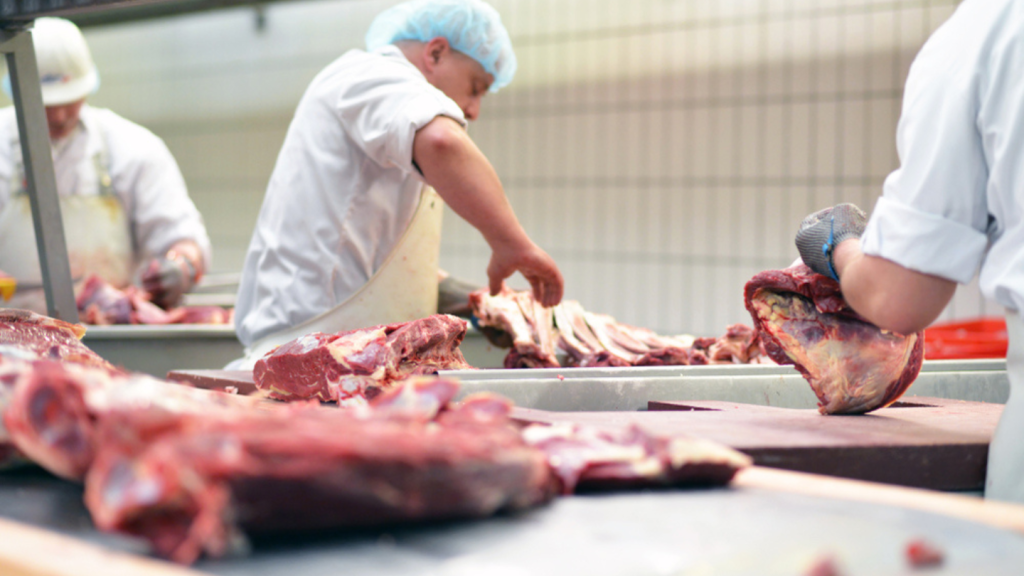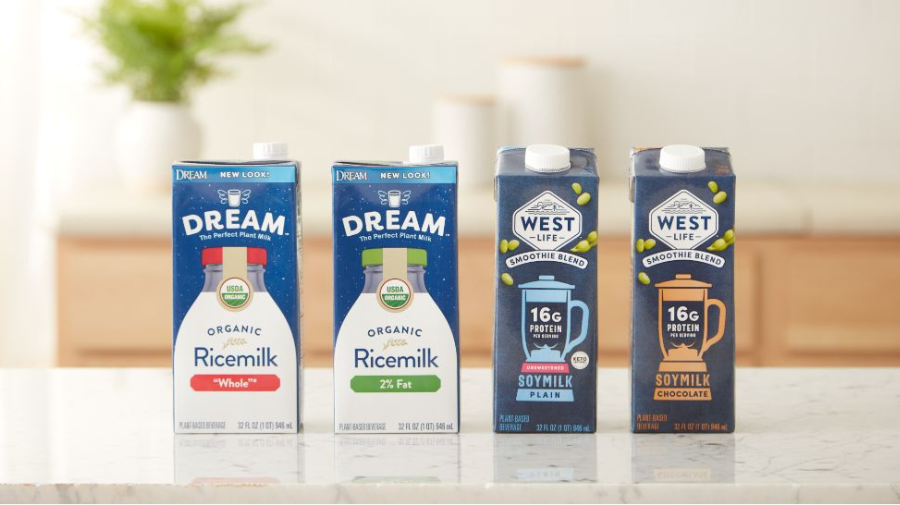Do personalised nutrition apps have the potential to influence our food buying choices on a large enough scale to impact grocers and manufacturers?
Such apps have become the flavour of the day amongst certain consumers seeking guidance on an individual basis based on how their own body responds to different foods.
They appeal to those who are health-conscious already, those who are tech-minded and people who are willing to pay for something that is bespoke.
The question is whether they can reach a wide enough section of the population to force societal change and thus influence the products manufacturers make and grocers sell.
Achieving health goals
They are a talking point on both sides of the Atlantic with app providers such as UK-based Zoe, PlateJoy in the US and Canada’s Cronometer, for example, all offering variations on the theme of personalised nutrition advice based on an app to help people achieve their health goals.
Zoe, which can boast scientific bona fides as one of its founders was Professor Tim Spector from the genetic epidemiology department of King’s College, London, states on its website that “generic nutrition advice isn’t working”.
The company, which has teamed up with Marks and Spencer to launch gut-health shots in the retailer's stores, adds: “Diabetes, heart disease and other chronic health problems are not improving. Current approaches to address them view weight gain as the problem, rather than a symptom of poor metabolic health. They also treat us all the same, when in reality our bodies are all very different.”
Long-term health aim
Its approach is based on a test kit and membership.
Subscribers receive a test kit and have to supply stool and blood samples. They are sent findings based on their personal results which tell them which foods they can eat happily and which are best to avoid. The aim is better long-term health and disease avoidance rather than weight loss per se, although many users have recorded weight loss as a result of following the guidance.
The app can scan QR codes on food products to provide the user with a rating from 0 to 100 based on their test results. The higher the score the more freely it can be consumed.
Such personalised advice comes at a price, however. Zoe charges an upfront fee of around £300 ($376.29) and a four-month membership will set you back around another £160.
Founders of such programmes might have a wider purpose in mind or are trying to cater for a need they have experienced.
Aron Davidson, founder and now CEO of Canada’s Cronometer, falls into the second category.
“I built Cronometer as a side project in 2005 when I was following the CRON diet (Calorie Restriction with Optimal Nutrition). There was nothing out there at the time that fit my needs to track my nutrition, so I decided to build something myself. It was more of an off-the-desk side-quest until I came to the conclusion that maybe I was onto something several years later,” he says.
The business has experienced exponential growth.
Davidson says: “Cronometer has been growing fast since the beginning. We quickly acquired a niche user base of nutrition enthusiasts who appreciated the data accuracy we offered. All of the app’s growth until a few years ago can be attributed to word of mouth. Today, we employ over 50 people and are seeing an impressive and consistent growth in our user base of over 40% year over year.”
Link back to Covid
As with many products linked to health, lift-off can be traced back to the Covid pandemic.
“We definitely saw increased use during the pandemic. Following that, we were apprehensive that the same level of growth would persist but, despite our concerns, Cronometer has continued to grow at a steady rate since 2020,” Davidson says.
Hannah Cleland, a research analyst at Just Food parent GlobalData, also links the emergence of such apps to increased health concerns.
She says: “The rise of nutrition apps coincides with the self-medication and health hacks trend among consumers who increasingly find local healthcare services difficult to access and/or have busy lifestyles that make it difficult to allocate free time to maintaining or improving health and wellness.
“Consumers are also fatigued by health fads pushed by influencers on TikTok and other platforms. Specialist nutrition apps have an opportunity to accommodate demand for convenient yet reliable personalised health guidance.”
Consumer perception
The rise of these apps has been monitored by the European Institute of Innovation and Technology (EIT)’s Food Consumer Observatory.
The Belgium-based organisation - partially funded by the European Union - brings together research and consumer insights and in its recently published Personalised Nutrition: a Category Exploration of Personal Nutrition (PN) Services it gathered information on consumer perceptions in this area.
It did note a number of concerns among consumers. “PN is a young and growing field. However, for it to be successful consumers need to become invested - spend time, effort and money and provide personal information.
It concluded that “PN could be a great candidate in engaging consumers to follow healthier diets in a way that general one-size-fits-all advice fails to do”.
Reassuring users
But it cautioned that the “validity of effectiveness needs to be supported by independent scientific evidence”.
It added: “Consumers need to be assured that this is not a marketing gimmick but a real health service.”
There remains a view that personalised nutrition apps are something of a fad and that – like gym membership – an initial enthusiasm amongst users will dissipate once they have their initial results and see the cost of continued membership.
Many consumers value the initial guidance these apps offer but they are not necessarily useful or practical in the long run
Hannah Cleland, GlobalData
Cleland at GlobalData says: “Looking at early nutrition apps there doesn’t seem to be much evidence of long-term use. However, depending on the goals of the service and the customer, this newer generation of apps can potentially instil long-term positive habits well after the consumer has stopped using. Many consumers value the initial guidance these apps offer but they are not necessarily useful or practical in the long run.”
Davidson at Cronometer concedes the point.
“All apps will see a fairly significant drop of app use within the first 30 days. I think the average within the health and fitness category sits around 90%,” he says.
But he adds: “How I think it differs from a gym membership is that even if you only use the app for a couple of days, you walk away having learned something about your health and nutrition. Whether that’s as simple as grasping an idea of how many calories are in what you eat or diving deeper to find a potential vitamin or mineral deficiency, you can take this learning and apply it to your eating habits.”
Business model concerns
Which is great for the consumer but not so good for the long-term business model of app suppliers.
There is also the question of the high price of such apps and whether the people prepared to pay it are those who are already health-conscious and thus it is a case of preaching to the converted.
Jack Bobo, director at the Food Systems Institute at Nottingham University in the UK, certainly thinks so.
“Most interventions are to make healthy people healthier. People who are interested in these things are people who are obsessed about what they eat anyway,” he says.
“Whether they are generally applicable to the rest of the community is to be determined.”
The pricing issue
GlobalData’s Cleland does not see the price of such apps coming down in the short term. “Potentially as diagnostic technology such as AI develops the costs of these services may be more accessible, however for the next few years the level of accuracy needed for effective results appears to come with a higher price tag,” she says.
And she agrees with Bobo about the user profile.
“Level of education and income are certainly barriers to motivation or ability to buy into personalised nutrition apps. According to our 2024 Q1 global consumer survey, higher income earners in the UK were slightly more likely to always be influenced by how food and drink purchases impacts their health and wellness,” she says.
“Even for those consumers with the necessary resources, nutrition apps only speak to a certain type of health mind-set such as wellness seekers and weight-conscious consumers who want the optimal balance in their diet compared to those with a more ‘flexible’ attitude towards their eating habits.”
The model can’t succeed in the long run because of churn
Jack Bobo, Nottingham University
All of which suggests a limited market for such apps. Bobo thinks the business model is flawed.
He says: “Many companies rely on people signing up and using it forever. But if it works and you achieve your health and nutrition goals 12 months down the road how many years are you going to carry on paying for it?
“The model can’t succeed in the long run because of churn. They have to constantly sign new people up.”
Other winners
However, Bobo thinks that there could be other winners using the same technology.
“The real business model is where the apps work with insurance companies and health providers – if you can prove you are saving them money,” he says.
“The insurance companies could buy them up. I wouldn’t be surprised if ten years from now most healthcare providers in the States have a version of these.
“The potential is there but it’s probably not going to be for paid services.
“And it wouldn’t surprise me if they developed into add-on services for grocery stores linked to their loyalty cards and apps.
“They have information on your basket of goods at a household level and could be turned around to ask ‘what are your nutrition goals?’
“It would probably start with just the NHS [UK National Health Service] recommendations on things like calory consumption but could be flexible enough to include Paleo or Mediterranean diets, for example.
“There could be a lot of money in it for the stores.”
Should personalised nutrition apps concern food industry?
If such a scenario came to fruition, it could be a concern for food businesses manufacturing less healthy products.
But analysts do not believe the food industry will be overly concerned with personalised nutrition apps as they stand.
Cleland at GlobalData says: “Food and drink manufacturers will of course be closely monitoring how this could affect sales of their products and larger companies such as Nestlé’s Health Science arm are already looking at how they can operate in this space. However, given the high costs of using more popular, credible apps such as Zoe, this is unlikely to have a widespread effect on sales for the next few years.
“Trending health and wellness topics such as personalised nutrition apps and ultra-processed foods are creating a lot of hype about the future of the food industry but ultimately if they do drive change it will be gradual.”
GlobalData’s 2023 Q4 global consumer survey suggests consumers in the UK are more likely to be influenced by time and money than health and well-being when it comes to food and drink purchases.
Cleland says the research also show people still prefer human interaction.
“Although many of these apps are driven by technology such as AI, there is a growing suspicion towards certain diagnostic technologies. Therefore, they will also have to be careful to keep some level of human interaction with a credible nutrition expert. 58% of consumers globally said they were very/ quite likely to make a purchase based on recommendation/endorsement from a medical professional versus 30% from AI,” she says.
Staying optimistic
But for all the scepticism surrounding the long-term growth potential of personalised nutrition apps, Davidson at Cronometer remains optimistic.
“Our users tend to choose Cronometer because our nutrition data is comprehensive, accurate and reliable. The app also is not biased towards any diet or health ideology and we take a neutral and non-judgemental stance towards food so it really caters to a wide variety of individuals,” he says.
“I think more and more doctors are beginning to grasp the immense impact diet and nutrition can have on someone’s overall health. As long as this continues to grow, I think there is great potential for health apps in the future.”
















